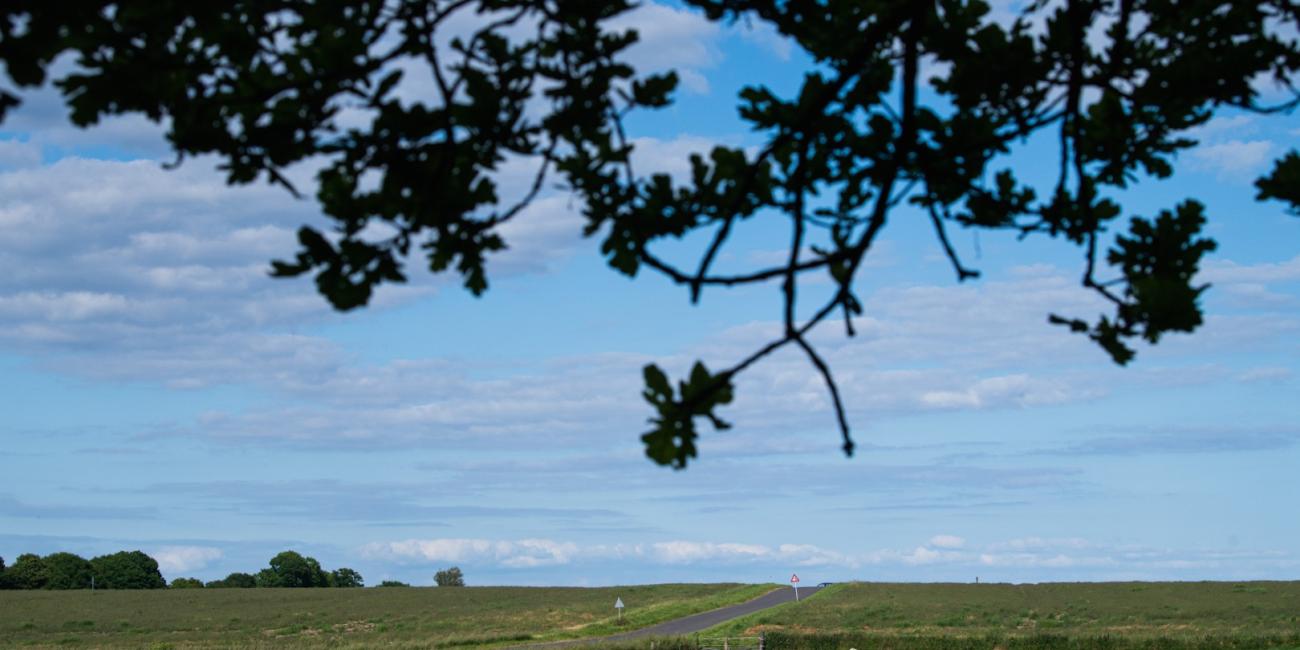
Weather map colour was not changed to exaggerate global warming
- This article is more than three years old.
- Published on June 8, 2022 at 22:38
- 4 min read
- By Claire-Line NASS, Roland LLOYD PARRY, AFP France
"In 1986 it was called a normal summer. Today they colour the map red and call it extreme heat," says one Facebook post with the maps published on May 25, 2022.
The two side-by-side maps show similar temperatures over Sweden. One is green and dated 1986, while the other is orange and dated 2022.
Another post on the social media platform Gab, which was also shared June 6 on Facebook, says: "The psychological manipulation is carefully thought through. Colors have an impact in our psyche by association."

Thousands of social media users who shared the same image in French claimed it was evidence of a "global warming scam." Similar claims showing the same images have circulated in Hungarian, Polish and Romanian, and the claim has also been widely shared on Twitter.
However, the years on the maps are incorrect -- the first map was published in late July 2016 and the second in early August 2021.
First map from July 2016
A reverse image search on Google reveals the map pictured on the left-hand side of the posts comes from a weather report on the Swedish TV channel SVT. The report shows the same green map in a larger and higher quality image.
The map matches the one included in the posts; the temperatures shown are identical, as are the cloud illustrations and the letter "H" in the middle.
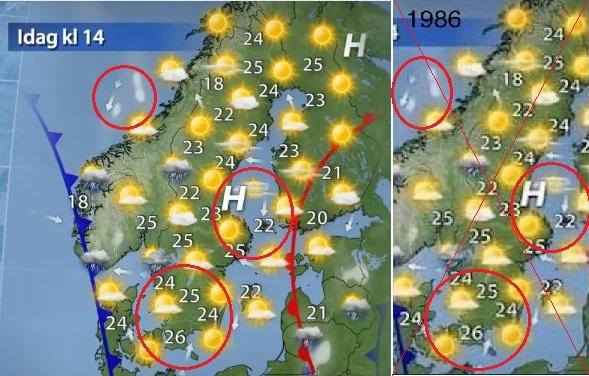
The map on the SVT website does not date back to 1986, as the posts claim -- the article in which it appears details the weather forecast for July 21, 2016.
The TV channel's forecast for June 8, 2022 also shows the maps are green, not orange or red. The same applies to the site's searchable archive of weather reports, available for certain days in 2021 and 2022.
The SVT weather maps also all have visuals showing suns and clouds, which is not the case for the orange map included in the posts.
Second map from August 2021
The second map pictured in the posts was not produced by the same media organisation.
A reverse image search on the Russian search engine Yandex found the image circulated on Twitter in August 2021. A user shared it with Swedish text and a larger frame, presenting it alongside the green SVT map.
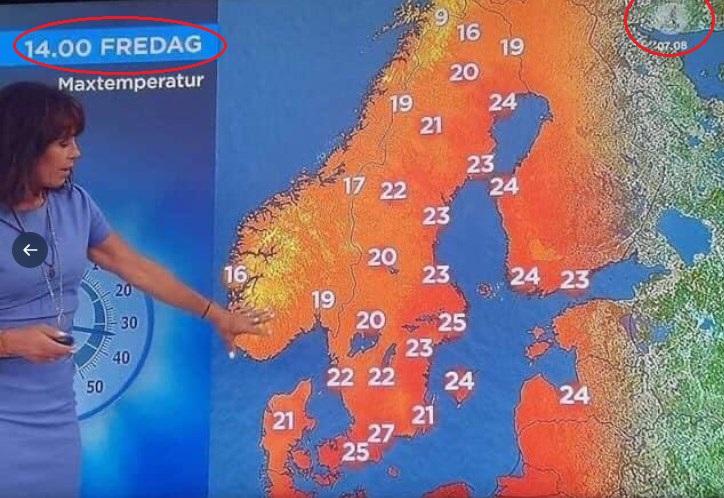
The uncropped version of the image offers several clues as to the video's origin, including the number "4" logo, the word "Fredag" -- "Friday" in Swedish -- and the presenter.
A search for the logo pictured in the image leads to the website of the Swedish television channel TV4, which identifies the woman as Madeleine Westin, one of its weather presenters.
A TV4 video from August 13, 2021 features both the orange map and Westin. The temperatures and other visual clues confirm this is the map shared on social media.
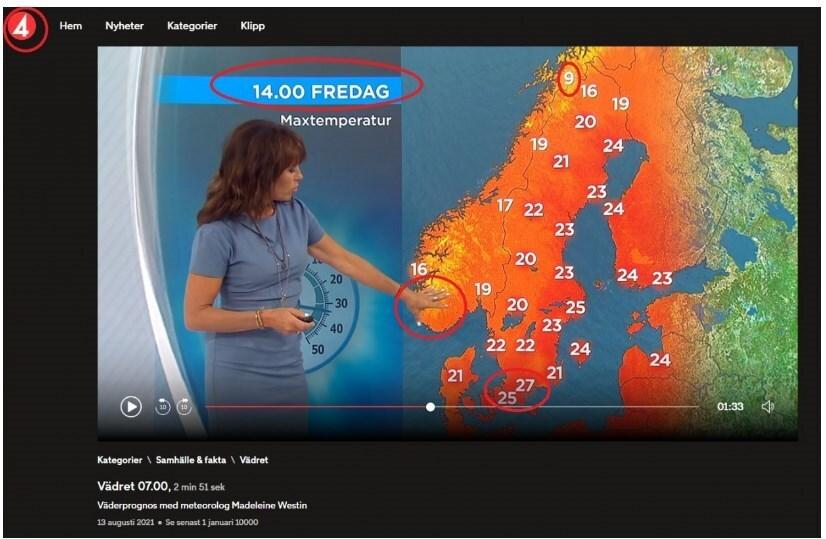
The orange hues are not unusual for TV4; they are also featured in previous weather reports.
2021: Europe's hottest summer
At the end of April 2022, the Climate Change Service (C3S) of the European observation service Copernicus reported that summer 2021 was Europe's warmest on record, one degree Celsius above the average of the past three decades. Drought and wildfires struck southern Europe, making it one of the most intense fire seasons in Europe for 30 years.
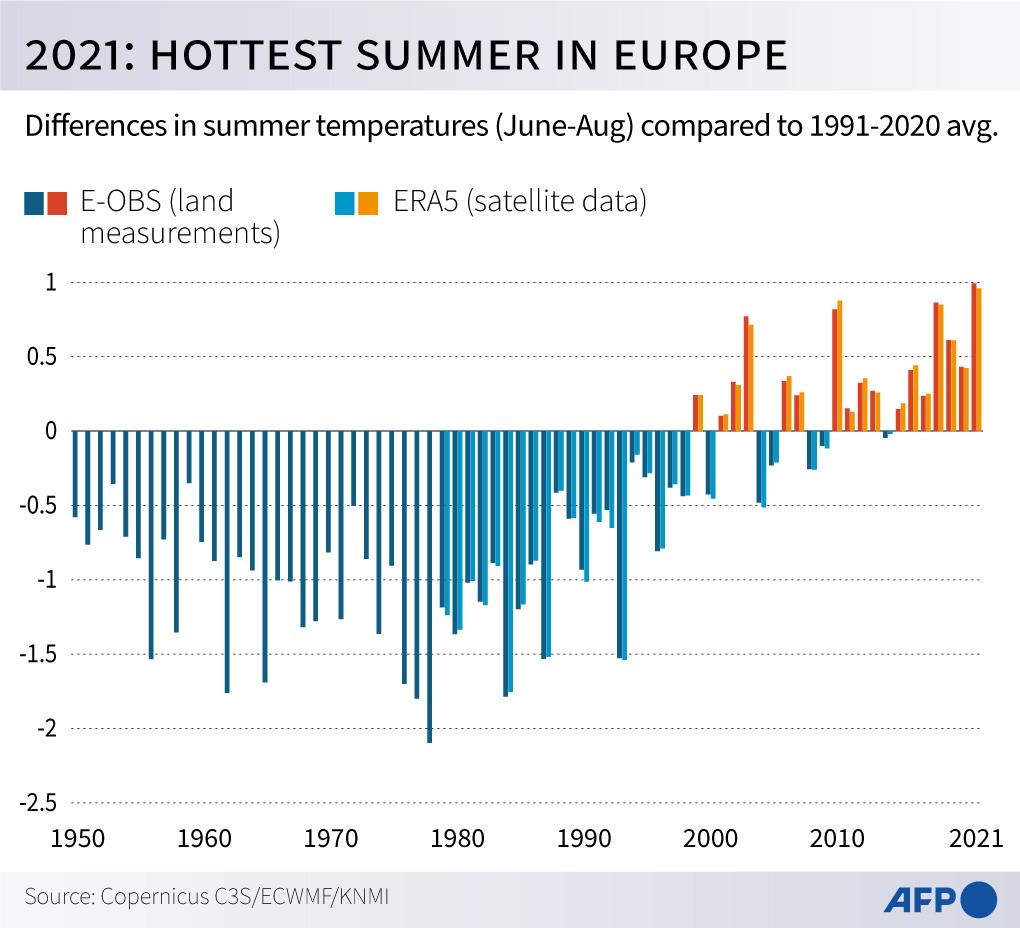
Commenting on the findings, C3S Director Carlo Buontempo told AFP that "the understanding of weather and climate extremes is becoming increasingly relevant for key sectors of society."
Since the pre-industrial era, the planet has warmed on average between 1.1 and 1.2°C, Copernicus said -- and Europe is warming faster, with an average temperature rise of 2°C.
'Unequivocal' global warming
Claims aiming to downplay global warming or the role of humans in climate change regularly circulate on social media. AFP has fact-checked numerous claims in French and English -- including an article that falsely claimed weather maps had been doctored to "create green stress."
The Intergovernmental Panel on Climate Change (IPCC) is recognised by the international scientific community as a reliable source on global warming. It publishes regular assessment reports.
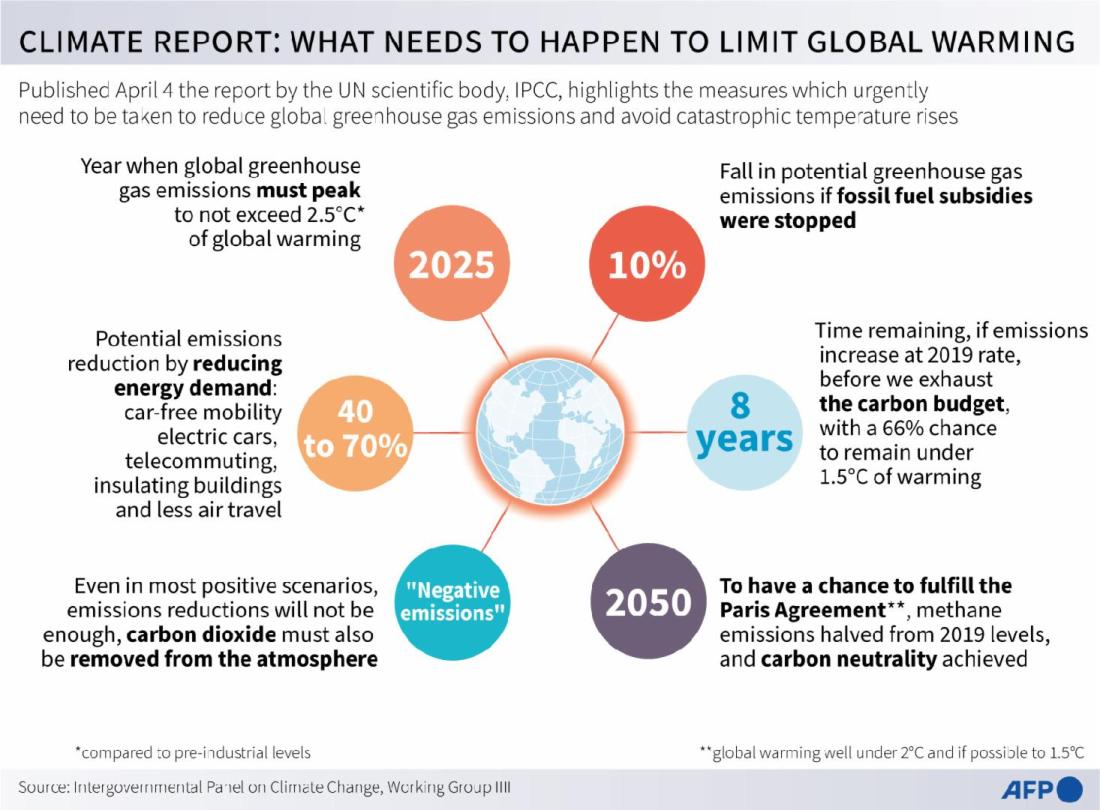
In 2021 and 2022, the IPCC published its major sixth assessment report, warning of the need for urgent measures to cut greenhouse gas emissions and avoid catastrophic global warming.
Authored by more than 200 scientists from 66 countries, the report reflects the global consensus among scientists on human-caused climate change.
"It is unequivocal that human influence has warmed the atmosphere, ocean and land," the report said.
Copyright © AFP 2017-2025. Any commercial use of this content requires a subscription. Click here to find out more.
Is there content that you would like AFP to fact-check? Get in touch.
Contact us


